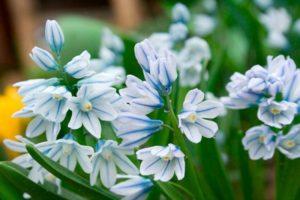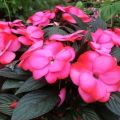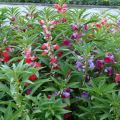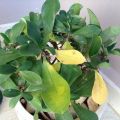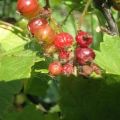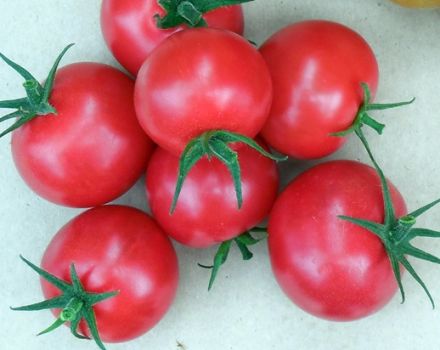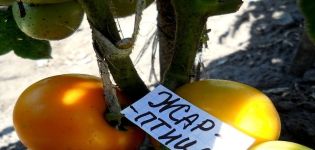Reasons why flowers and buds can fall off balsam, control measures
Balsamin attracts the attention of flower growers with its unpretentiousness to the conditions of maintenance and care. It is an easy-to-grow crop that pleases its owners with delicate and beautiful flowers. But there are situations when buds and flowers fall off balsam, why this happens is not always clear to novice plant growing enthusiasts. In order to achieve the desired result when growing it, it is necessary to find out what are the main causes of this ailment.
Structural features
Balzamin is known for his ability to predict the weather, he is also called "weather forecaster". Due to the increased sensitivity of its flowers, it almost instantly reacts to atmospheric changes, which allows the owner to navigate what is happening on the street.
For example, before the rain, crystallized sugar droplets form on its vegetative organs. This amazing plant - balsam - is one hundred percent predictor.
The main reasons and methods of solution
Given the moisture-loving nature of balsam, in case of irrigation irregularities, the probability of bud falling is high. Such consequences also occur with a deficiency of useful components in the substrate, changes in the microclimate.
Improper watering
Balsam feels great in wet soil, but if you overdo it with watering, then its root system begins to rot, unblown buds fall off, and then the plant may die altogether. To prevent root rotting, it is recommended to foresee the presence of drainage in the pot and holes in the bottom of the container for the outflow of excess moisture. In winter, the frequency of procedures should be reduced.
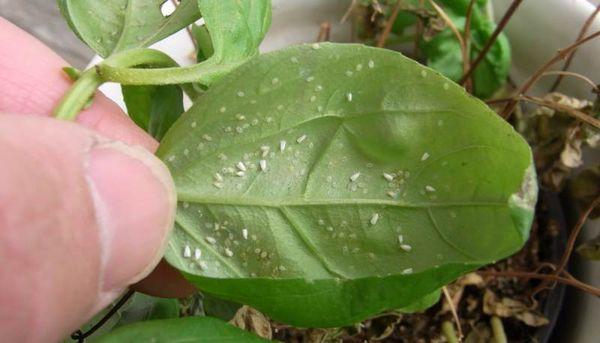
Lack of nutrients
Feeding procedures are recommended to be performed twice a month, using complex formulations. It is often not worth using fertilizers with a high nitrogen concentration, otherwise the balsam will begin to fatten, which will negatively affect flowering - it will shed its buds. It is better to use formulations with a high potassium content, which will stimulate the plant to start flowers. Such mixtures are needed at the budding stage.
Diseases
Most often, balsam suffers from mosaic, gray rot, bacteriosis and powdery mildew.
Mosaic
The disease manifests itself on young leaves of balsam, yellow foci are formed on them. If untreated, the plates are deformed. Over time, the lesions become even larger in size, and unilateral necrosis occurs on them. As a result, balsam stops in development, its leaf mass becomes yellow and dry.
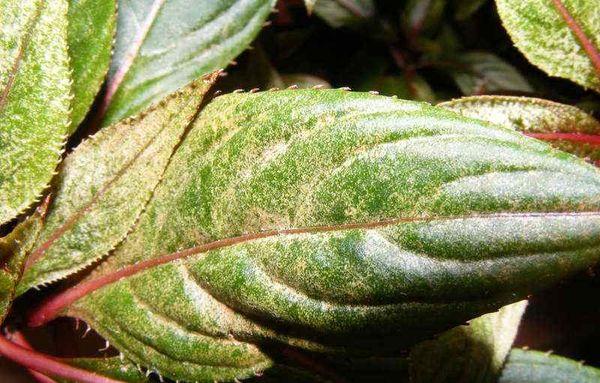
The source of the disease are thrips and ticks. Since it is very difficult to cure the plant, it is better to take care of preventive measures, in particular, to carry out surface treatments with an insecticide-based solution.
Gray rot
The disease spreads quickly, not only leaf plates and stems, but the entire plant fall under the defeat. First, foci of brown color are formed on them, and then a gray bloom from the spores of the fungus. As a result, the balsam fades completely. Infection of the bush occurs through water or substrate. The plant can also get sick with hypothermia, from drafts, using cold water for irrigation.
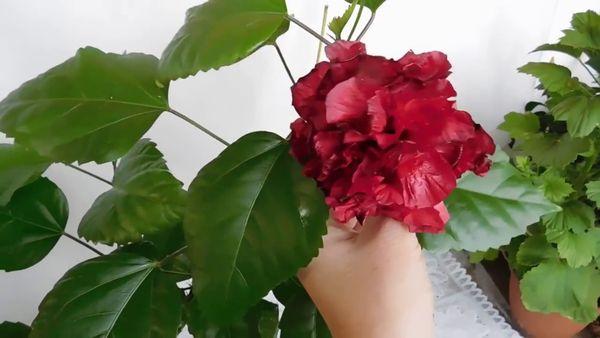
You should start fighting gray rot at the first sign of its detection. The affected leaves need to be cut off, the bush should be transplanted into another soil mixture and sprayed with Fundazole solution.
Bacteriosis
It is possible to determine the disease by watery spots on the vegetative mass of balsam. After a while, they acquire a brown color, capture the entire surface of the plates, increase in size, which leads to the death of the bush. At the first symptoms, it is necessary to remove the diseased parts of the plant and carry out a surface treatment with a solution based on a Bordeaux mixture or copper-containing preparations.
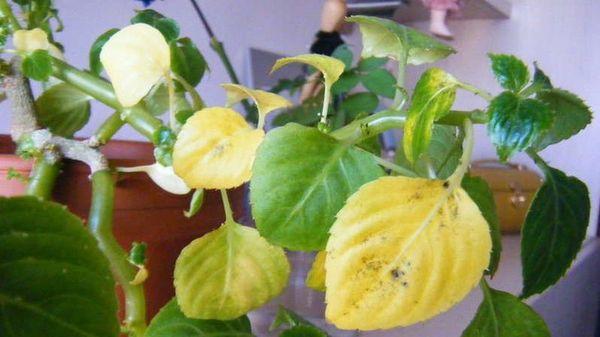
Powdery mildew
Its distinctive feature is a white bloom on the leaves of balsam, which very quickly affects all its vegetative organs. Control measures: removal of diseased parts, treatment with a working fluid based on soda ash (2 grams of product per 1 liter of water). A copper-soap solution or Bayleton, which is prepared according to the manufacturer's instructions, works well.
In addition, it is necessary to correct the irrigation system, feeding procedures, lighting and temperature conditions in the room.
Pests
Among the parasitic individuals on the pet, ticks and thrips are often found. The sooner treatments are started, the more chances are to save the plant.
Spider mite
You can detect the pest by yellowish blotches on the leaves of the bush, which eventually completely lose their color and dry out. A cobweb is also visible on the inside of the plates. Treatments with soapy water or mineral oil are effective against ticks, but this is in the early stages, with severe damage, drugs such as Akarin, Fitoverma will be required.
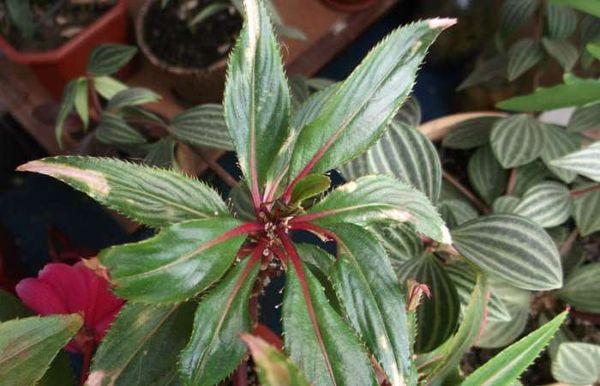
Multi-claw mites
As a result of the vital activity of this pest, the leaves are deformed and hardened. It is possible to fight him with Fitoverm, Vertimek, Akarin.
Thrips
The consequences of the presence of the parasite are manifested in the form of a curved growth point and deformed new leaves. Spots appear on the flowers, the edges of the petals acquire a brown color. First you need to remove the diseased parts of the bush, and then process with Aktara, Aktellik, Fitoverm. After 4-5 days, spraying is repeated.
Effects
If the room has a low temperature and excessive humidity, then the balsam reacts by yellowing and falling off the sheet plates. In the case of an increase in temperature and an excess of moisture in the plant, drooping leaves are noted. Excessive moisture in the soil provokes putrefaction on the roots of the bushes, and dry air and heat in the room - buds fall off. Nutritional deficiencies lead to stretching of the stems and a decrease in the size of the flowers.
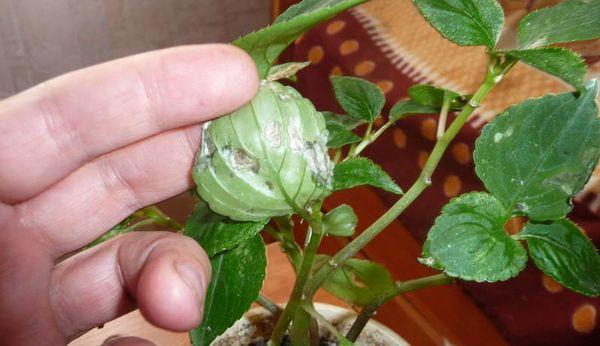
Prevention
So that the Vanka flower does not get sick and does not shed its buds, it is necessary to bring the temperature conditions, and the level of moisture in the soil, as well as the acidity of the soil back to normal. In winter, the flower should not be on a north-facing window.
Balsam is a unique plant that predicts the weather. For its successful cultivation, it is enough to maintain an optimal microclimate in the room and not neglect preventive measures.
